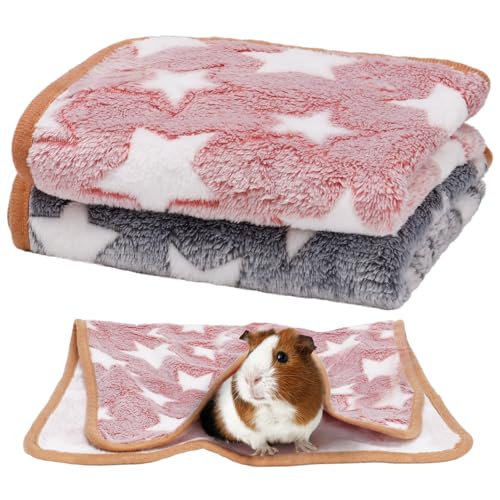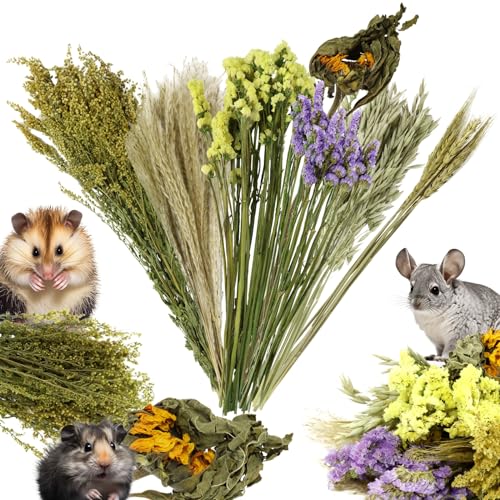<3chinbaby
Well-known member
- Joined
- Feb 6, 2009
- Messages
- 91
Update: he is finally eating a little bit of hay (i went out and bought alfalfa and orchard so he has options) and mazuri. It seems that he wasn't fond of the mashed up mazuri pellets nor baby food mixed. I'm still going to supplement his diet with cc when it comes in. He is still drooling at this point. When he eats, he eats slowly, a bit of trouble, he does paw at his mouth when eating like as though to take food that he doesn't like out. I am taking him to the breeder that we got him from tomorrow in San Diego. they are a reputable breeder and I'd like to get a second opinion. I want to get x rays for him but he just went under anesthetics yesterday and I don't think it's a good idea to do it again so soon. Is it dangerous to be put under anesthetics too soon?















































